When Ron DeSantis, governor of Florida, recently asserted that Zohran Mamdani’s potential mayoral victory in New York City would make former mayor Bill de Blasio’s six‑year tenure look like a “golden age,” he didn’t just offer campaign hyperbole. He tapped into a deeply felt narrative about urban decline, migration, fiscal stress and ideological conflict in America’s major cities. The remark, made June 30 – July 3, 2025 during a Fox News interview and later amplified in conservative media, demands a closer look: what exactly is DeSantis saying, what’s the basis of the claim, and what might this tell us about politics, cities and national migration trends?
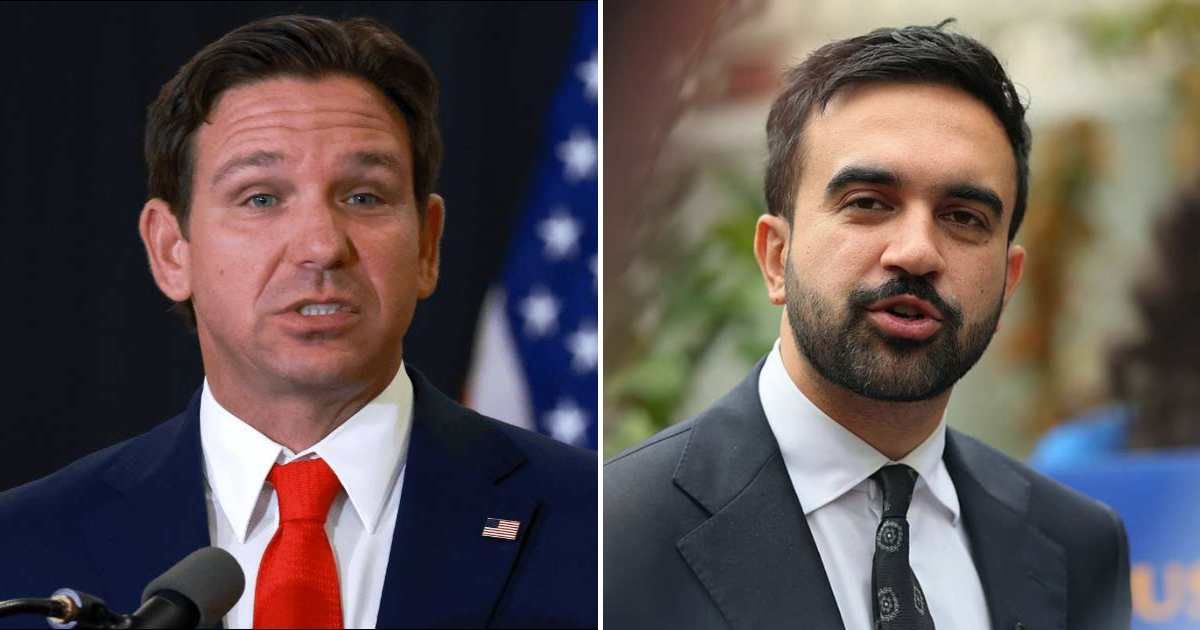
What Did DeSantis Actually Say?
On July 2, 2025, in an interview on Fox News, DeSantis remarked:
This guy (Mamdani) makes de Blasio look like Ronald Reagan.I think this guy’s policies, soup to nuts, are probably the most radical left that I have ever seen of a major‑party candidate in a big jurisdiction.”I remember when de Blasio was mayor … it sparked an absolute flow out of New York City.”I’m telling you, I think I’ll have to charge an entry tax or something because of this guy, because I don’t know if we’ll be able to absorb everyone that’s going to flee his poor rule if he gets in.”
Though the “golden age” phrase isn’t verbatim in those quotes, the thrust of the message is clear: DeSantis argues that Mamdani’s left‑wing platform would propel New York into deeper crisis than de Blasio did—and by contrast, de Blasio’s era would appear comparatively stable or even prosperous.

Context: New York, de Blasio and Urban Decline Narratives
Bill de Blasio served as mayor of New York City from 2014 to 2021. His administration introduced universal pre‑K, increased affordable housing programs, and negotiated social service expansions. But it was also marked by rising concerns over crime, homelessness, the subway system, and economic stagnation. Critics argue that under his tenure the city’s “golden” era of the prior two decades (often attributed to Michael Bloomberg and Rudy Giuliani) gave way to decline.
DeSantis leverages this narrative: if de Blasio is already seen by some as presiding over hard times, then Mamdani’s arrival would, in DeSantis’s view, mark a far sharper turn. Thus, de Blasio becomes the “golden age” benchmark only by contrast—a rhetorical device rather than an accurate historical assessment.
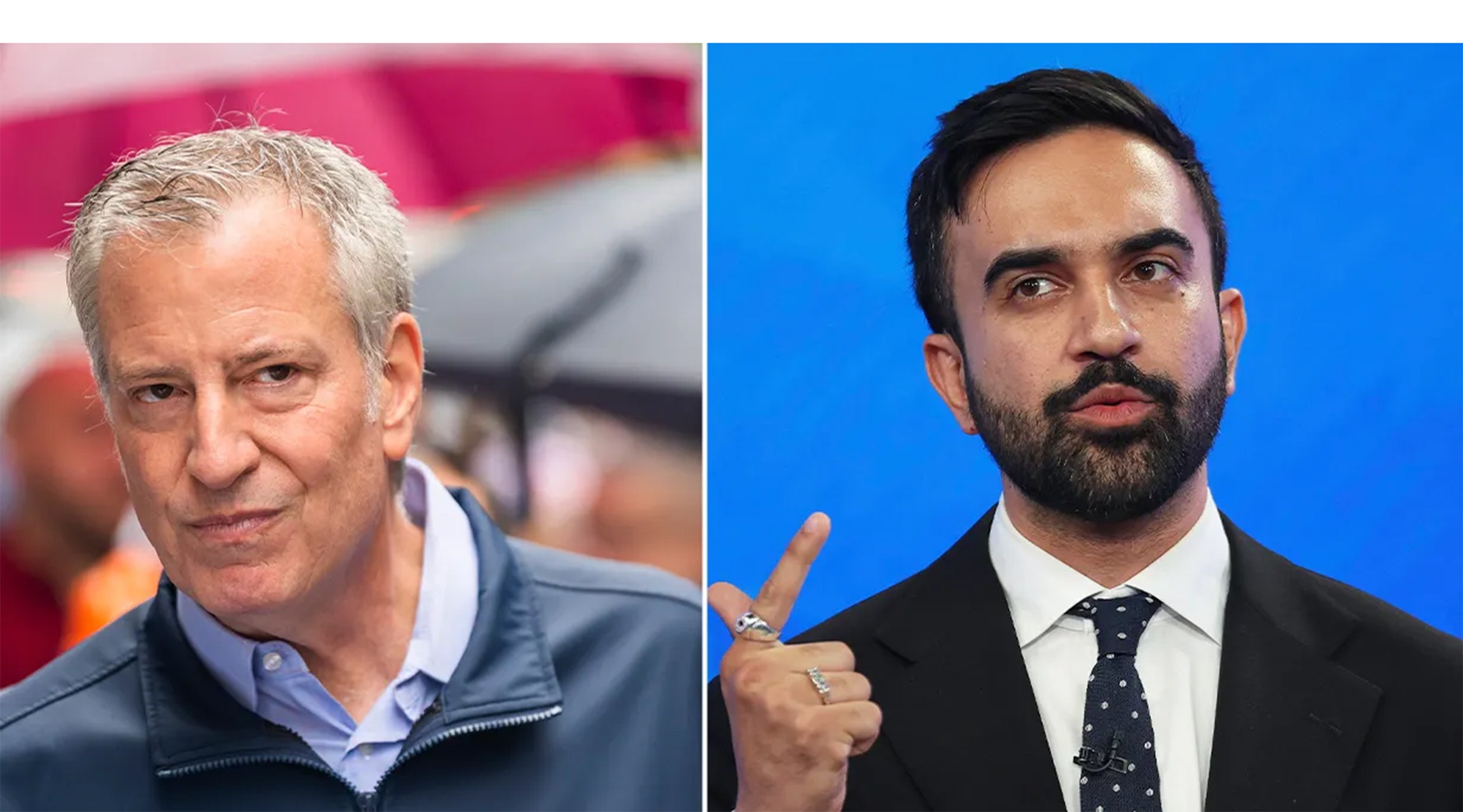
Who Is Zohran Mamdani, and Why the Alarm?
Zohran Mamdani, a 33‑year‑old state assemblyman and Democratic nominee for NYC mayor, is running on a platform of sweeping progressive reforms: universal childcare from six weeks old, free bus rides, expansive housing reforms including rent freezes, and higher taxes on the wealthy and corporations.
Such a platform, especially in the context of New York’s high cost of living and budget pressures, has drawn fierce criticism from conservative figures who warn of fiscal collapse, mass migration, and urban flight. DeSantis is among the most vocal. The claim: Mamdani’s policies would accelerate exodus of high‑income residents, shrink the tax base, and degrade services and safety.
What DeSantis Is Betting On
There are several strategic threads driving DeSantis’s aggressive rhetoric:
Migration Magnet: Florida has been a major destination for New Yorkers leaving high‑tax, high‑regulation jurisdictions. DeSantis’s comments tap into his state’s role as the “landing zone” for urban flight from liberal cities. By raising the alarm about Mamdani, he positions Florida both as refuge and as place where ex‑New Yorkers will land—potentially expanding Florida’s tax base and economic clout.
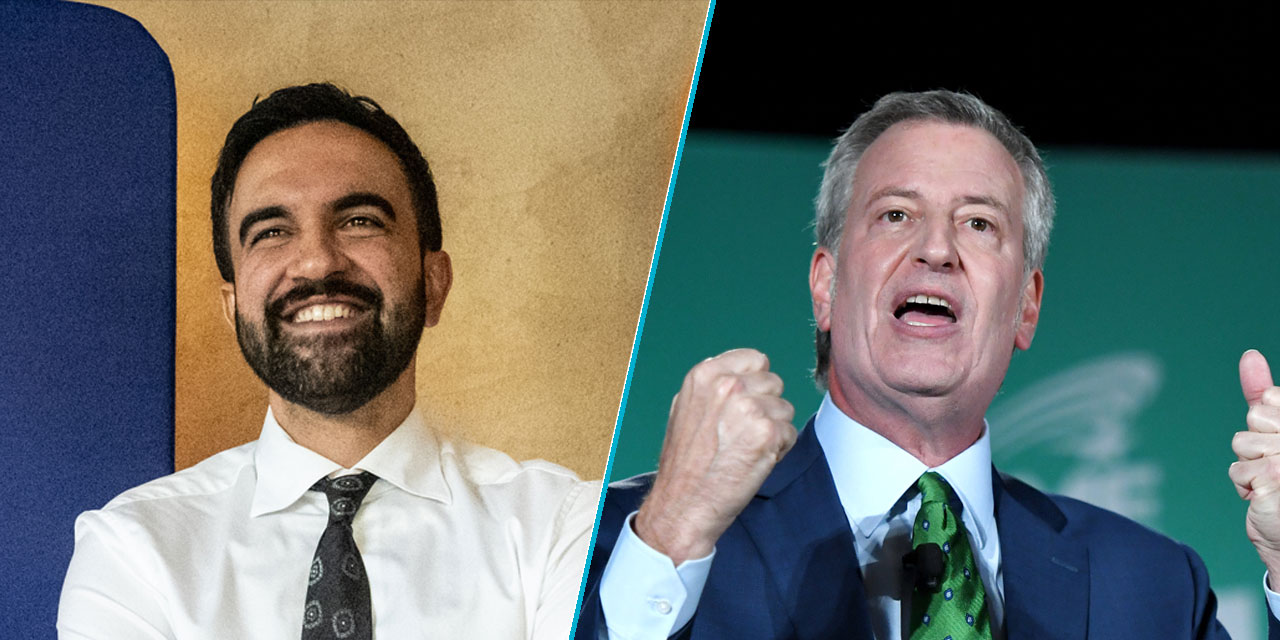
Ideological Branding: DeSantis is selling a broad narrative of “failed blue cities” versus conservative states that offer lower taxes and fewer regulations. By painting Mamdani as an extreme version of de Blasio, he reinforces the idea that liberal governance leads to decline.
National Profile: Although DeSantis is focusing on Florida governance, his remarks reflect ambitions for national leadership. Casting a major city like New York as being on the brink serves to raise his profile in national conservative circles.

Pre‑emptive Stake: If Mamdani wins, DeSantis would have a ready talking point: “We told you so.” If Mamdani loses, DeSantis still solidifies his image of opposing radical left policies.
Is the Claim Historically or Factually Grounded?
The argument that de Blasio’s tenure was a “golden age” is contestable. Many urban analysts trace New York’s most celebrated era of urban renewal to Giuliani and Bloomberg—from the mid‑1990s to early 2010s—when crime dropped, the economy expanded, and the city experienced population growth.
Moreover, urban flight from New York under de Blasio certainly occurred, but was driven by multiple factors: housing cost pressures, pandemic effects, remote work, and regional rivals such as Florida and Texas. To attribute future migration solely to Mamdani’s potential mayoralty is speculative.
From the legal and policy side, New York faces structural challenges: aging infrastructure, pension obligations, high cost of living, and global economic shifts. Even moderate policy change would be difficult to execute without disruption.
Thus, while DeSantis’s warning may resonate politically, it rests more on narrative than detailed economic modeling.
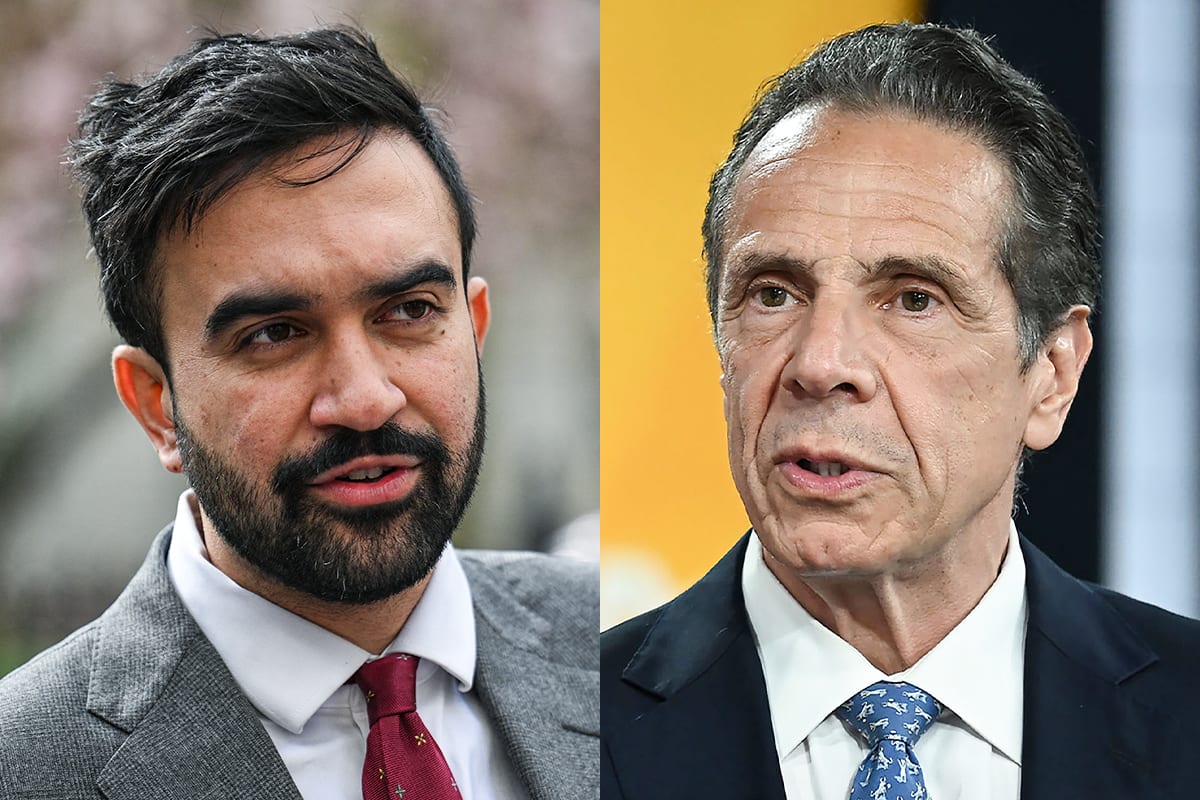
Implications for Urban Migration and Policy
The rhetoric here has meaningful implications:
Inter‐State Competition: The notion of one state benefiting from the failures of another—Florida absorbing New York’s out‑migrants—shifts migration into ideological terrain rather than purely economic or lifestyle factors.
Urban Governance Stakes: If major cities are viewed as vulnerable to mass out‑migration, the stakes for city governance rise. Mayoral candidates like Mamdani become symbolic of broader political currents rather than local administrators.
Behavioral Response: The idea that residents might flee a city because of policy shifts, and that policies can trigger capital or people flight, underscores the fragility of tax bases in major cities.
Narrative Versus Reality: The “golden age” framing and rhetorical alarms illustrate how politics often uses urban decline and migration anxieties as tools, even if underlying structural data is less dramatic.
Critiques and Risks of the Rhetoric
However, there are significant downsides to the kind of framing DeSantis uses:
Over‑Simplification: The suggestion that a single mayoral term would mark a dramatic reversal may oversimplify complex urban dynamics—housing market, workforce changes, global economy.
Fear‑Based Messaging: Using migration and exodus as political leverage stokes fear rather than offering constructive policy debate. It risks becoming performative.
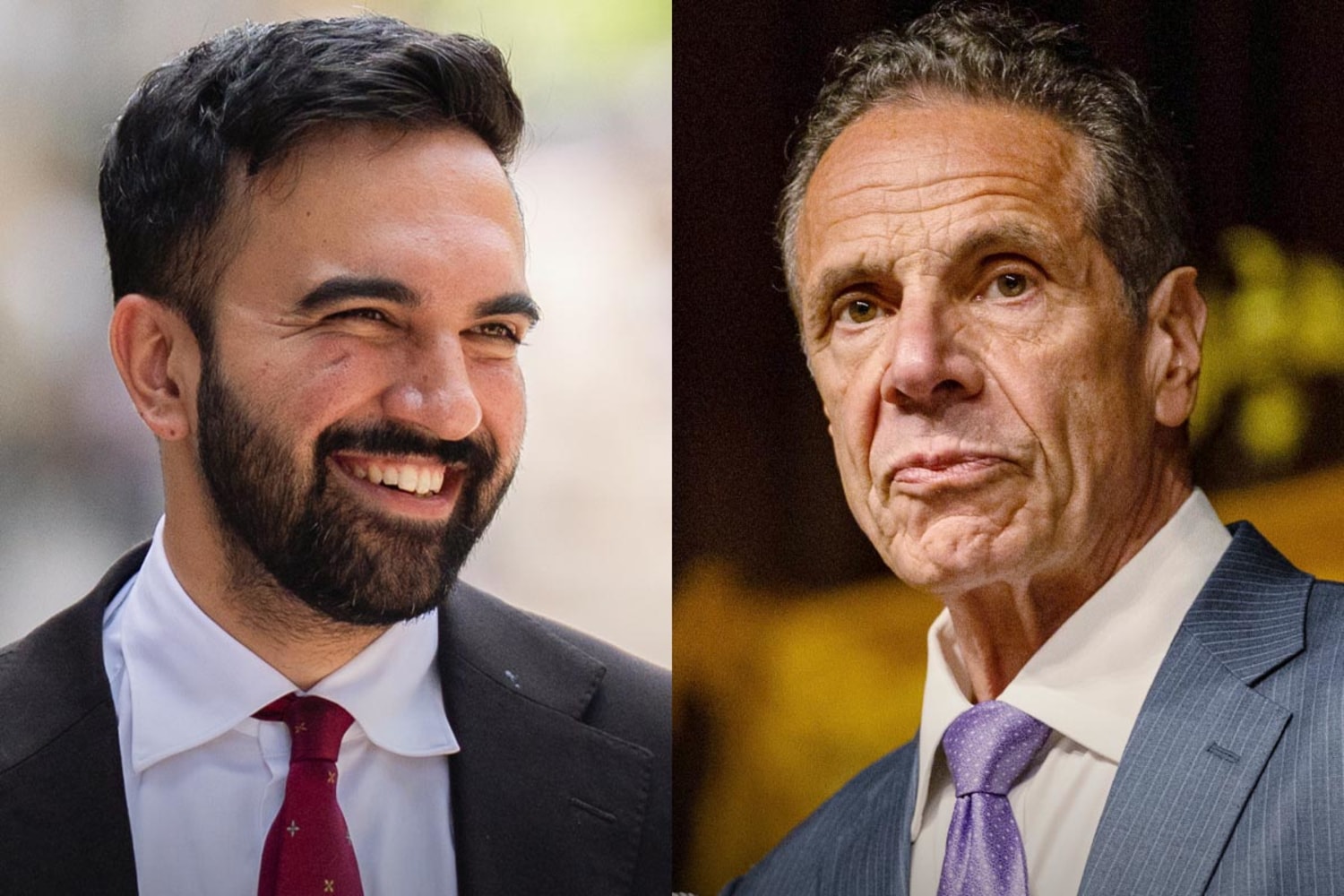
Inter‑State Ethics: Targeting another city’s governance as a proxy election invites interstate antagonism and may reduce cooperation on issues like housing, climate migration, and labor markets.
Self‑Fulfilling Prophecy: By predicting flight and decline, political figures may trigger the very migration they warn against—if businesses and high‑income households believe the signal.
What Happens Next?
Monitoring Migration Patterns: If Mamdani wins, analysts will watch whether New York experiences above‑normal out‑migration, especially of high‑income residents, and whether Florida or Texas see commensurate gains.
Policy Consequences: Should Mamdani attempt to enact sweeping reforms (e.g., rent freezes, major tax increases), the real test will be execution: can New York balance competing demands of services, budget, and economic growth?
Political Fallout: For DeSantis, the commentary strengthens his national conservative brand. For New York’s mayoral race, Mamdani will need to respond to migration‑fear narratives and reassure major business stakeholders.
Narrative Framing: Whether de Blasio’s tenure is retrospectively seen as a golden age may depend more on how the next administration performs—and how migration flows evolve.

Conclusion
Governor Ron DeSantis’s declaration that Zohran Mamdani would make Bill de Blasio’s tenure look like the “golden age” of New York is less a literal historical claim and more a strategic rhetorical move. It frames urban governance, migration and city‑state competition into one ideological storyline: liberal leadership causes decline; conservative leadership rescues.
Whether that narrative holds real‑world weight remains uncertain. History suggests that mayors operate within broader structural forces—economics, housing markets, global shifts—not just ideological orientation. But politics is often more about persuasion than precision.